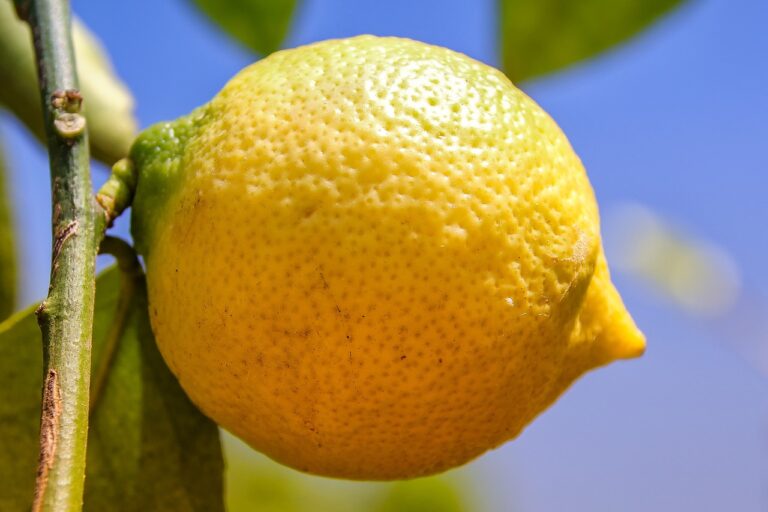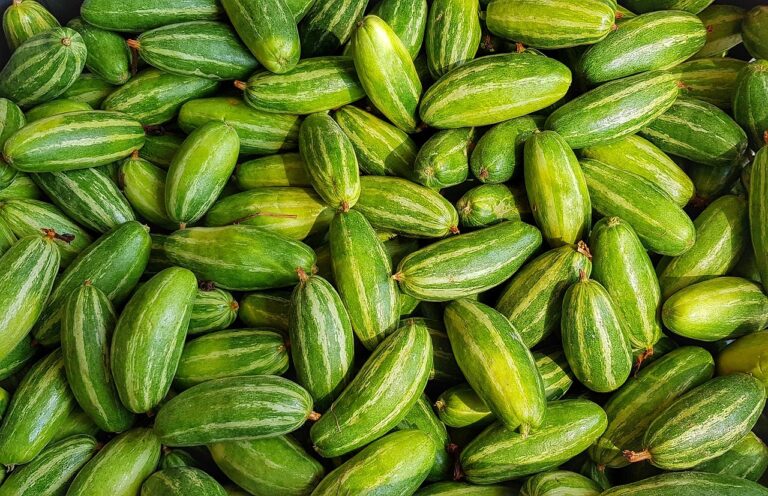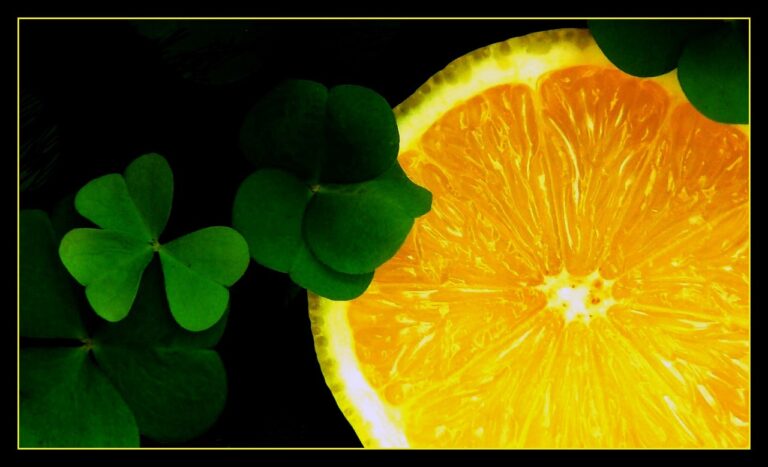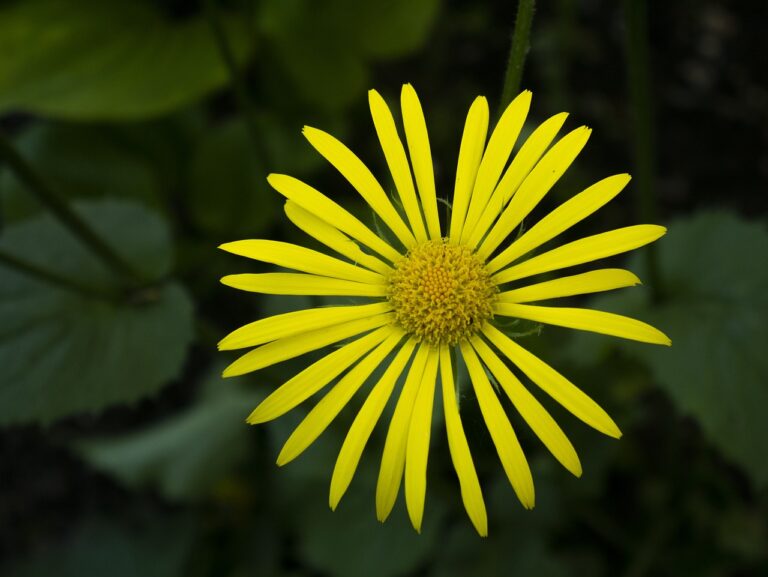Exploring Traditional Healing Practices from Around the World
Traditional healing practices in Africa are deeply rooted in the continent’s rich cultural heritage. These practices often involve a combination of spiritual beliefs, herbal remedies, and rituals to promote healing and well-being. Traditional healers, known as sangomas or inyangas, play a crucial role in diagnosing and treating various ailments based on their ancestral knowledge and connection to the spirit world. Through ceremonies, dance, and consultations with ancestors, traditional healers aim to restore balance and harmony within individuals and communities.
Healing ceremonies in Africa are often colorful and vibrant, reflecting the diversity and complexity of traditional beliefs. Drumming, chanting, and dancing are commonly used to invoke ancestral spirits and heal the sick. Herbal medicine, made from a combination of plants, roots, and minerals, is also a staple in traditional healing practices. Each healer has a unique approach to diagnosis and treatment, guided by their intuition and spiritual connections. The holistic nature of traditional healing in Africa emphasizes the interconnectedness of the physical, emotional, and spiritual aspects of health.
Traditional Healing Practices in Asia
Traditional healing practices in Asia are diverse and deeply rooted in ancient traditions. These practices often involve a combination of herbal remedies, acupuncture, and massage therapy. In countries like China and India, traditional healers play a vital role in healthcare, providing alternative treatments for various ailments.
One popular traditional healing practice in Asia is Ayurveda, which originated in India over 3,000 years ago. Ayurveda focuses on balancing the body, mind, and spirit to prevent and treat illnesses. Another well-known practice is traditional Chinese medicine, which includes herbal medicine, acupuncture, and Tai Chi. These holistic approaches to healing have gained popularity not only in Asia but also worldwide.
Traditional Healing Practices in Australia
Traditional healing practices in Australia are deeply rooted in the traditions of Indigenous Aboriginal and Torres Strait Islander communities. These practices involve a holistic approach to healing that integrates spirituality, culture, and connection to the land. Traditional healers, known as Ngangkari in some communities, play a central role in providing healing through various methods such as bush medicines, rituals, and storytelling.
One common traditional healing practice in Australia is the use of bush medicines derived from native plants with medicinal properties. These medicines are believed to have healing properties that can address physical, emotional, and spiritual ailments. In addition, rituals such as smoking ceremonies and dances are often performed to cleanse the body and spirit of negative energy and promote healing and balance. Overall, traditional healing practices in Australia emphasize the importance of harmony and interconnectedness with the natural world in achieving health and well-being.
What are some traditional healing practices in Australia?
Some traditional healing practices in Australia include bush medicine, smoking ceremonies, and the use of traditional plants for medicinal purposes.
How are traditional healing practices in Australia different from those in Africa?
Traditional healing practices in Australia often involve a strong connection to the land and the use of native plants, whereas traditional healing practices in Africa may involve rituals and ceremonies specific to each community.
Are traditional healing practices in Australia still used today?
Yes, traditional healing practices in Australia are still used today by Indigenous communities as a way to maintain cultural traditions and promote holistic health and wellbeing.
Are traditional healing practices in Australia recognized by the mainstream healthcare system?
While traditional healing practices in Australia are not always recognized by the mainstream healthcare system, there is a growing recognition of the importance of integrating traditional and modern healthcare approaches for Indigenous communities.







